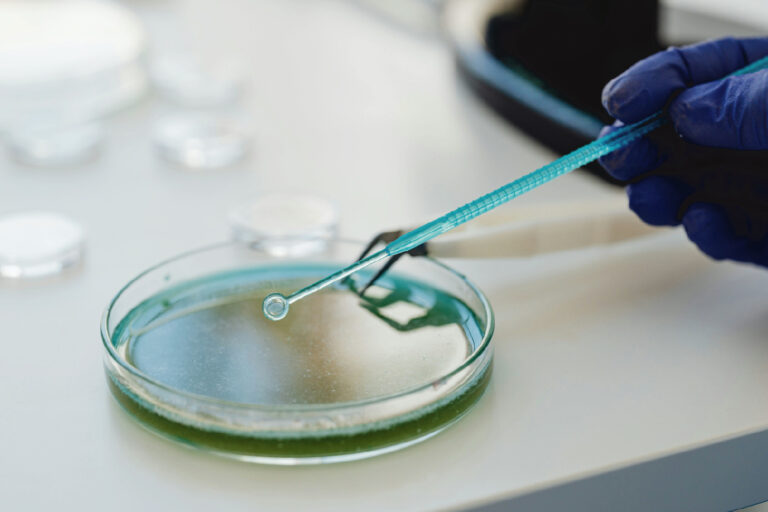Scientists Found What Really Happens to Good Gut Bacteria After a Fecal Transplant
by Anna Sandhu | Aug 15, 2025
Reviewed by Dr. Arun, M.Pharm., PGDRA, Ph.D.

Researchers studied how to track the good bacteria when someone gets a Fecal Microbiota Transplantation (FMT)—which means putting healthy poop from a donor into a patient’s gut. This approach is being explored to support gut balance and digestive health in people with certain microbiome concerns like Clostridioides difficile infection (CDI) and other gut problems. The study introduces a new tool called LongTrack that uses long-read metagenomics to see exactly which strains of bacteria from the donor stick around in the recipient’s gut.
What is long-read metagenomics
Usually, when scientists study gut bacteria, they break the DNA into tiny pieces. These short pieces help them see what kinds of bacteria are in the gut, but they cannot tell which exact type (or strain) it is.
In this study, researchers used a newer method called long-read metagenomics. It reads much longer pieces of DNA, like full sentences instead of just words.
This helps scientists see the complete picture of each bacterium — like knowing its full name and where it came from. That means they can track which bacteria from the healthy donor actually settle and live in the patient’s gut after a fecal transplant.
What the study did
They collected stool samples from several donors and recipients at different time-points (up to five years later). They made long-read metagenomic assemblies from donors and recipients before transplant, then checked recipients after transplant to see what donor strains took hold. They used LongTrack to select “unique-markers” (special bits of DNA) for each strain and then looked for those markers in the patient’s gut.
They found hundreds of donor bacterial strains could engraft (move in and survive) in recipients. Importantly, they found some of those strains changed over time—they had structural variations (insertions, deletions, inversions) or epigenetic changes (like DNA methylation) when living in the new gut environment. This shows bacteria may adapt to the recipient’s gut.
Why this matters
Tracking exactly which donor strains stick around and how they change is important. It helps scientists understand how FMT works, why some transplants succeed and others don’t, and how to design better microbial therapies (next-generation treatments using defined bacteria mixtures instead of whole donor stool). The new method adds precision that was missing before.
Final takeaway
This study shows that long-read metagenomics plus the LongTrack tool give a sharper lens into the journey of bacteria after gut transplants. We now have better ways to map “who came in,” “who survived,” and “what changed” inside the gut. That helps move toward safer, smarter microbial therapies.
More information: Long-read metagenomics for strain tracking after faecal microbiota transplant. DOI: https://doi.org/10.1101/2024.09.30.615906
